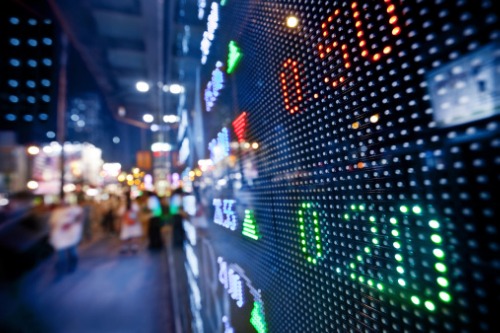Back-tests showed that funds with the biggest inflows tended to underperform over multiple time horizons

Stock investors have long known that chasing hot names is generally a good way to get burned. And as a new research report shows, that’s also true for ETFs.
In a report titled Shun ETFs with Largest Inflows, Leuthold Group senior analyst Jun Zhu examined fund flow data covering April 2006 until April 2018 for more than 2,000 US-listed ETFs, reported Financial Advisor. In terms of asset class, the sample comprised mostly equity funds (69%), followed by fixed income (16%), commodities (8%), alternatives (3%), asset-allocation (3%), and currency (2%).
Zhu then ranked the ETFs into five categories based on one-month, two-month, and three-month fund flows as a percentage of month-end assets under management, after which she calculated the equal-weighted returns of each basket. The top quintile saw the largest inflows, while the bottom quintile saw the largest outflows.
“The forward one-month return for ETFs with the highest one-month fund inflows underperformed ETFs in the other four quintiles,” Financial Advisor noted. “The highest-inflow ETFs saw a negative 0.01% while the rest of the funds saw a range of positive returns from 0.37% to 0.48%.”
According to Zhu, this pattern was robust through back-tests covering two-month and three-month fund flow data. Extending the analysis of fund flows’ effects on performance to periods of six months, nine months, and 12 months further showed that funds with the biggest inflows underperformed over all return horizons.
Looking at how investors would have been affected, Zhu found that people maintained equal-weighted portfolios in the highest-inflow ETFs over the 12-year study period saw an 8% loss. In contrast, an equal-weighted portfolio using the other four ETF baskets saw returns of 72% over the same period.
“We know equity investors, especially with retail investors, have the tendency to chase returns,” Zhu said. That herd behaviour, she speculated, tends to inflate valuations of the underlying assets in the ETFs; as the valuation reverts back to normal, the asset will eventually underperform.
But there’s a caveat to the research. While that tendency to perform poorly after strong inflows was consistent in equity ETFs, fixed-income funds didn’t show the same behaviour. In fact, inflows and performance across quintiles in fixed-income funds have been flat since 2009, Zhu noted.
“Fixed-income investors are more risk averse,” she said. “They want to protect their principal or protect their investment. So instead of return-chasing, when things are not going well they may overreact [and sell].”
There weren’t enough ETFs in other asset classes for a meaningful analysis, Zhu said, and a closer look would be required to explain for certain why equity ETFs with high inflows relative to their assets underperformed. But for now, the research sounds a useful note of caution.
“It’s just something that you want to keep in mind when you are trying to build your portfolio, to probably avoid certain ETFs which are really hot,” she said.



